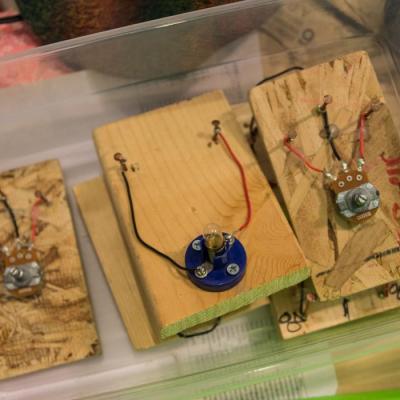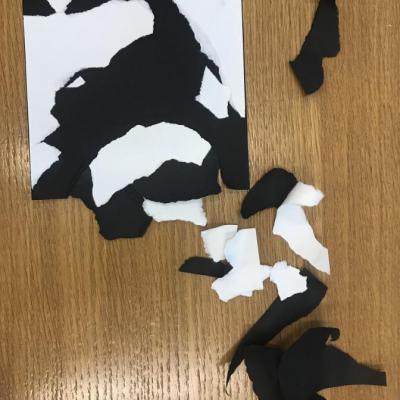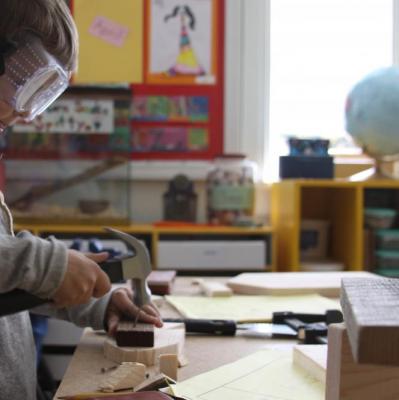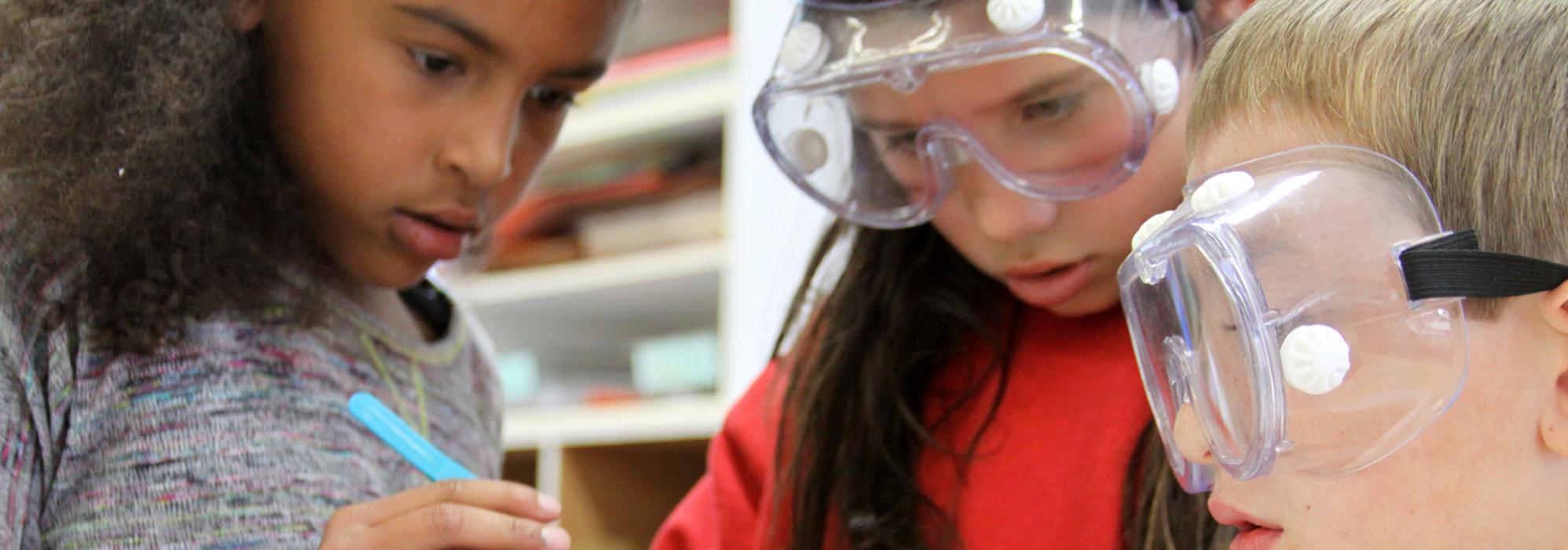
Identifying Core Outcomes of Maker and Design Thinking Education: Fostering a Sense of “I Can Do That!”
The Agency by Design team has been searching for answers to the big question: “What are the core outcomes of maker and design thinking educational experiences?” Bruce Hamren at the Athenian School’s Makers Studio has a simple answer: maker experiences provide young people with a sense of “I can do that!” But is “I can do that” enough?
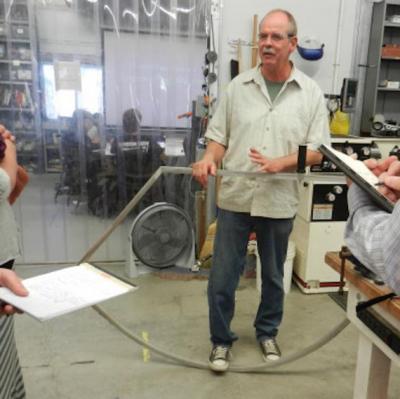
There is a growing body of literature advocating for the incorporation of maker and design thinking experiences in a variety of educational settings. Much of this literature suggests that maker and design thinking curricula has the potential to increase student engagement, promote “hand-mind” expertise, and/or bolster performance in STEM subjects. Though such outcomes make intuitive sense, there is little research to back these claims.
This being the case, we’ve been deeply interested in finding out what are the real benefits of maker and design thinking experiences, and how do educators identify those outcomes in their students. One of the big questions we ask people who teach maker or design thinking courses is: what do you consider to be the core outcomes of maker and design thinking curricula? When we visited with Bruce Hamren at the Athenian School’s Maker Studio we received an exciting answer to our question. Simply put: maker and design thinking experiences foster a sense of “I can do that!” in young people.

During our September 2012 visit to the Bay Area, the Agency by Design team cruised down to Danville, CA to visit the Maker Studio at the Athenian School. When we arrived we found our way across the school’s campus to a building marked with two doors. The door on the left read Robotics Barn, the door on the right read Airplane Barn.
“Airplane Barn?” we thought to ourselves…
Once inside we soon connected with Bruce Hamren, a science teacher who has seen the Athenian School Maker Studio—now an exemplar school in the MENTOR Makerspace program—develop from the ground up. In the early days, the Maker Studio was just a quirky idea started by two teachers who spent their spare time coming up with fun projects (like attaching a laser pointer to a rubber band gun and shooting it through the air), but today the Athenian School’s Maker Studio regularly produces technology that wins NASA sponsored robotics contests and yes, real airplanes that fly through the air.
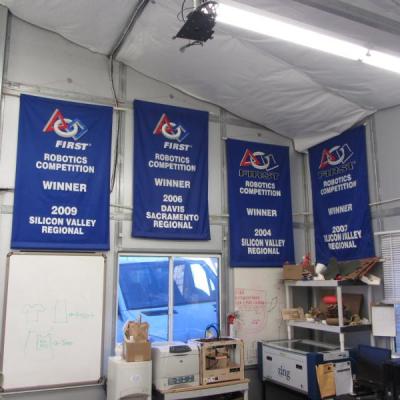
Based on their experience, it became clear to us that Bruce and his colleagues at the Maker Studio know what it takes to develop and implement effective maker and design thinking curricula. We “thought who better to answer our big question about the benefits of maker and design thinking experiences?” and so we asked: What do you see as the core outcomes for your students? Without hesitation Bruce said that the primary outcome of bringing maker experiences to his students is instilling within them a sense of “I can do that.” By working with young people in his Art and Science of Making Things class, Bruce helps his students see both the “beauty and the mechanism in something” by “looking in two worlds” and finding objects and ideas that not only spark curiosity, but also drive young people to say “I can do that.”
Inherent in Bruce’s approach to engaging young people in maker and design thinking experiences is the idea of agency—the concept of knowing that given the right materials, and provided with the right support, young people will come to see opportunities that they can act on where others may only see obstacles—or see nothing at all.
But is it enough to instill a sense of “I can do that” in young people through maker/design thinking educational experiences? Are there other valuable outcomes to such educational experiences? Is “I can do that” unique to maker and design thinking curricula? If so, how can teachers be intentional about developing a sense of “I can do that” in their students? And, perhaps the trickiest question of them all: how does one measure “I can do that?”



